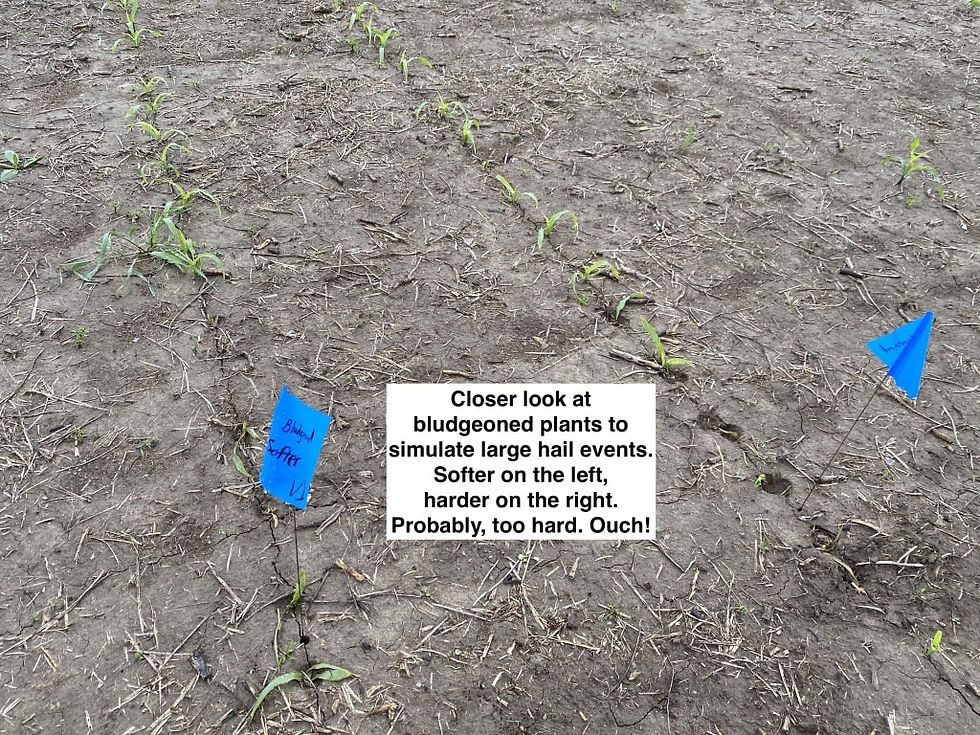"Plant Diseases are Shifty Enemies." -E. C. Stakman

And nothing is so shifty as Southern Rust. It's impact can be double digit losses in corn and rapidly overtake a field. For 2020, be on the look out for it, especially if we start getting early season tropical storms funneling rain and humidity into our area. I am quoting Beck's Hybrids agronomist Scott Dickey in an email he sent out. I thought he put it together very concisely.
Scott: Southern rust is usually one of the bigger issues (other than heavy rain) that tropical systems deliver to our part of the world. The earlier this issue arrives, the bigger its impact can be. Southern rust has been found to our south in Louisiana and Texas. This means that the inoculum is ready to be picked up by the storm and delivered to our geography. Does that mean we will automatically see Southern Rust early and at high levels in our area? Not necessarily. However, the risk is greater when we have an early arriving storm like this one. Attached is some information on this disease. Remember that SR is a fast developing disease. It takes roughly 7 days for it to cycle. It will take time for it to develop to levels that make it easy to find in fields, but you will definitely want to be on the lookout. Based on the forecast trajectory of the storm, it looks like central and eastern MO may be at a slightly higher risk than WMO.
Another point to mention this time of year is soybean populations. What amounts to target and when. Read this article: Soybean populations as we plant later in the year
Also, here is a podcast which contains a video by Beck's Hybrids agronomist Steve Gauck on helping identify Southern Rust vs Common Rust. It is called: What is the difference between Southern Rust & Common Rust? Episode 9
Also, listen at Podbean or Apple Podcast
We also mentioned applying nitrogen to corn in season in the podcast, you can read this article: Preparing for post plant Nitrogen app in Corn
A special thanks to those contributing to this article:
Scott Dickey, Beck's Hybrids agronomist for western Missouri
Steve Gauck, Beck's Hybrids agronomist for Indiana
Beck's Superior Hybrids and all their people who work tirelessly behind the scenes to make knowledge and data reality!





